Understanding Silver Hallmarks
03/02/2021
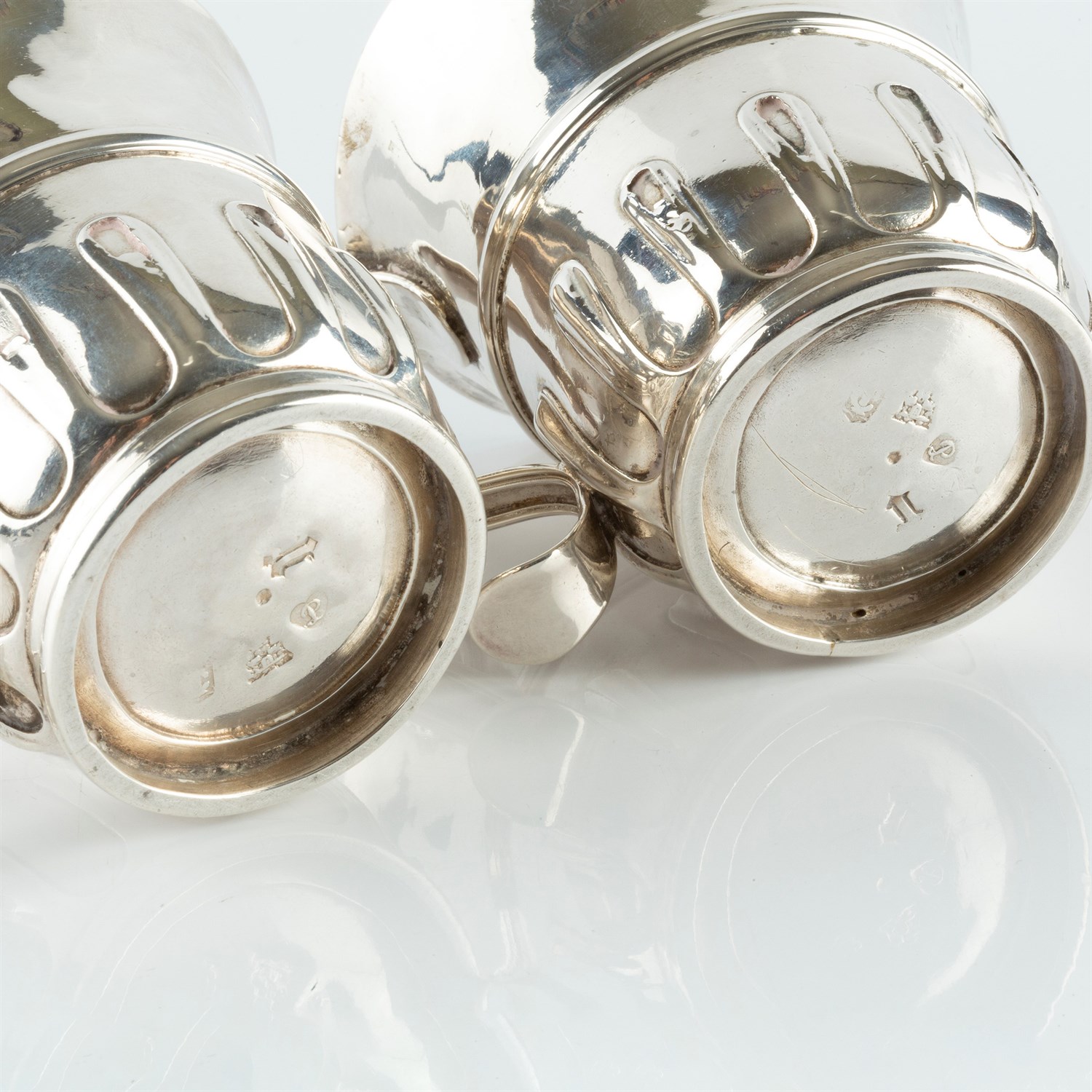

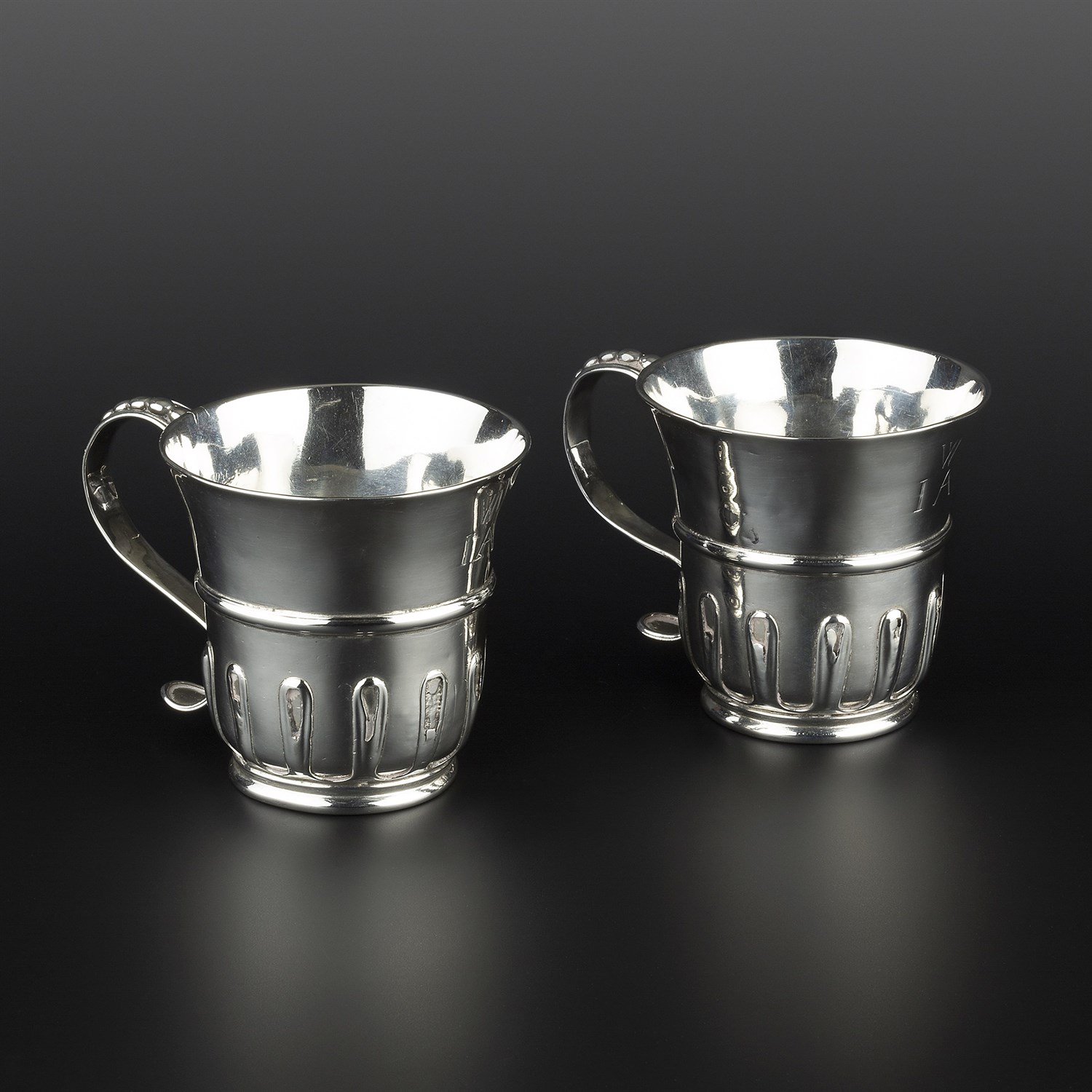
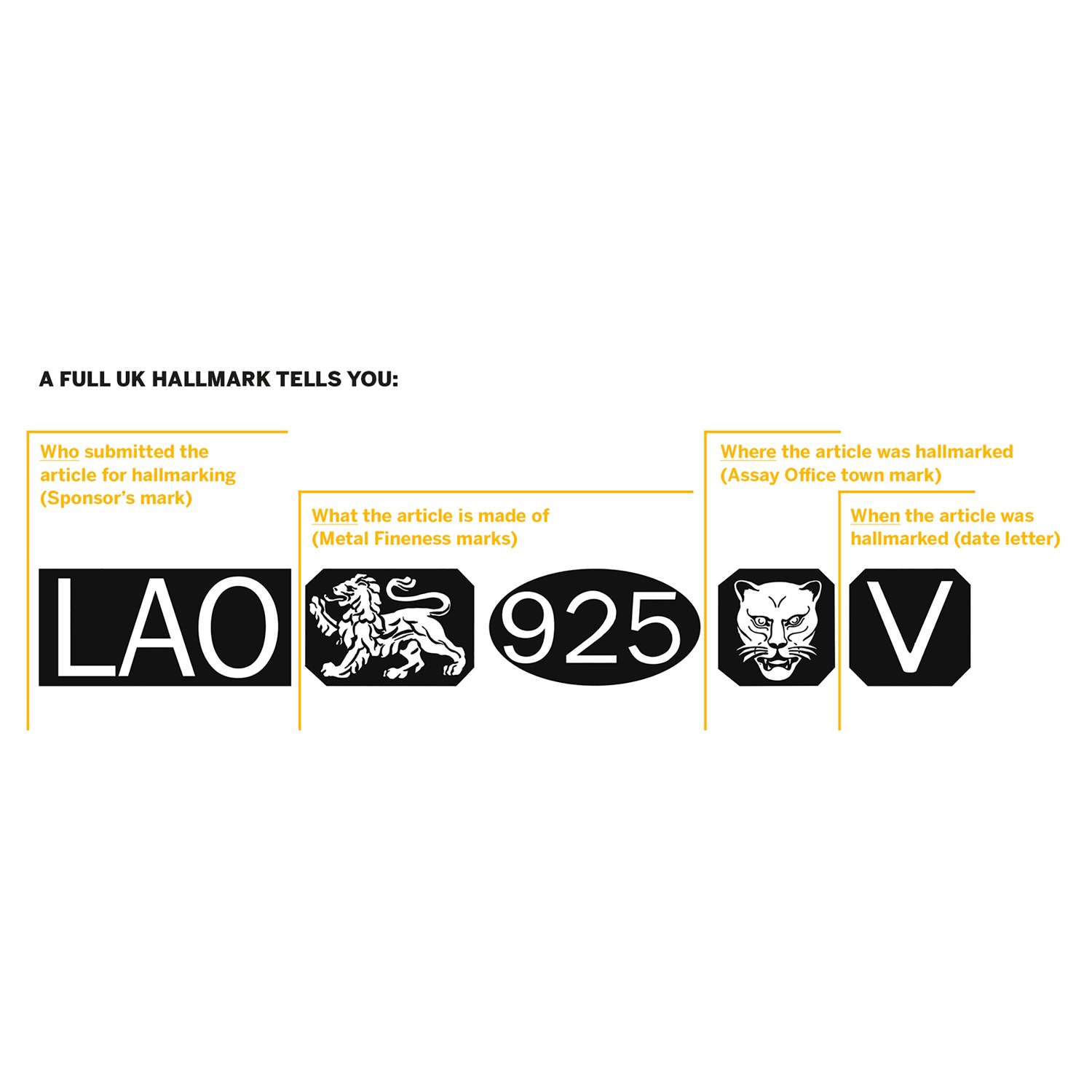
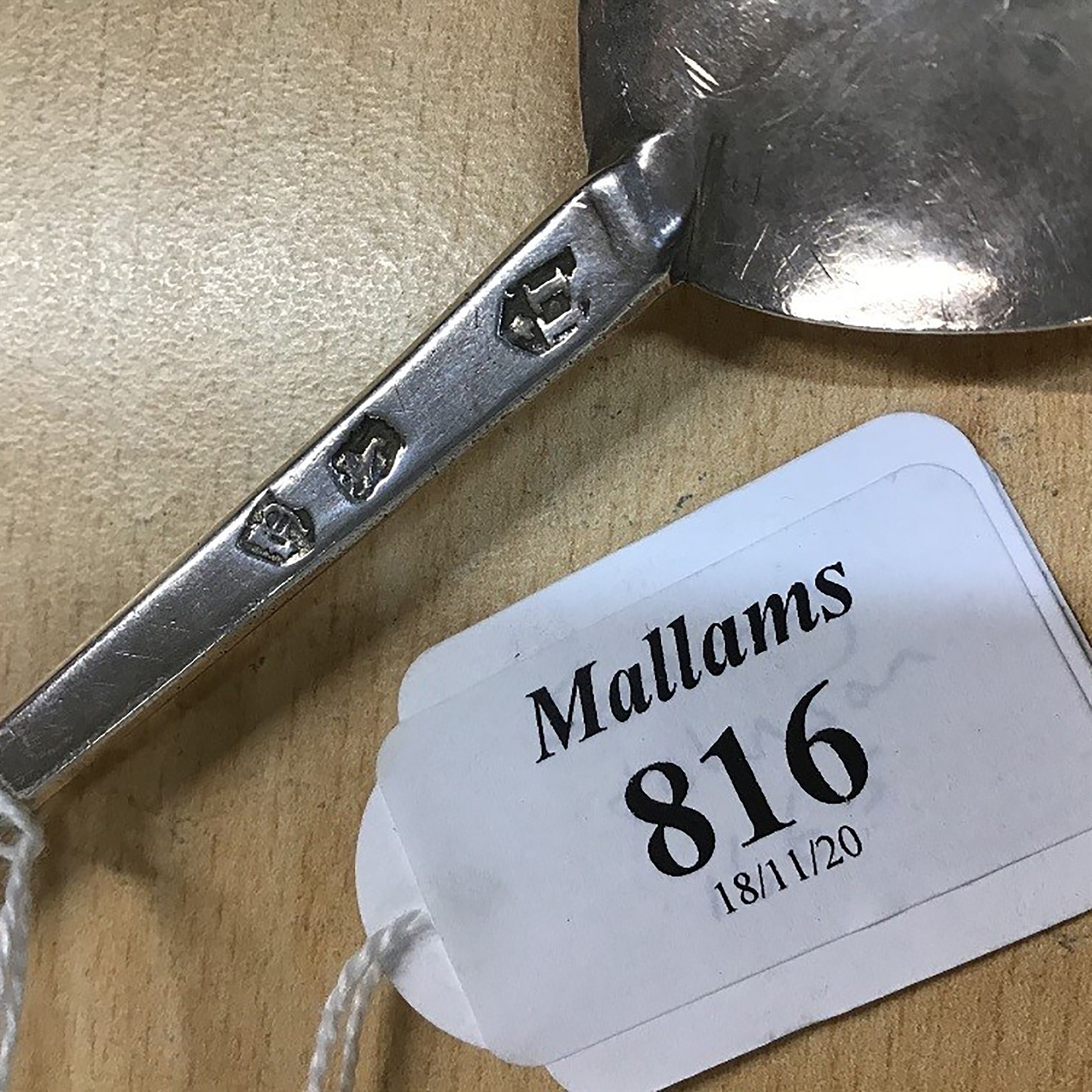
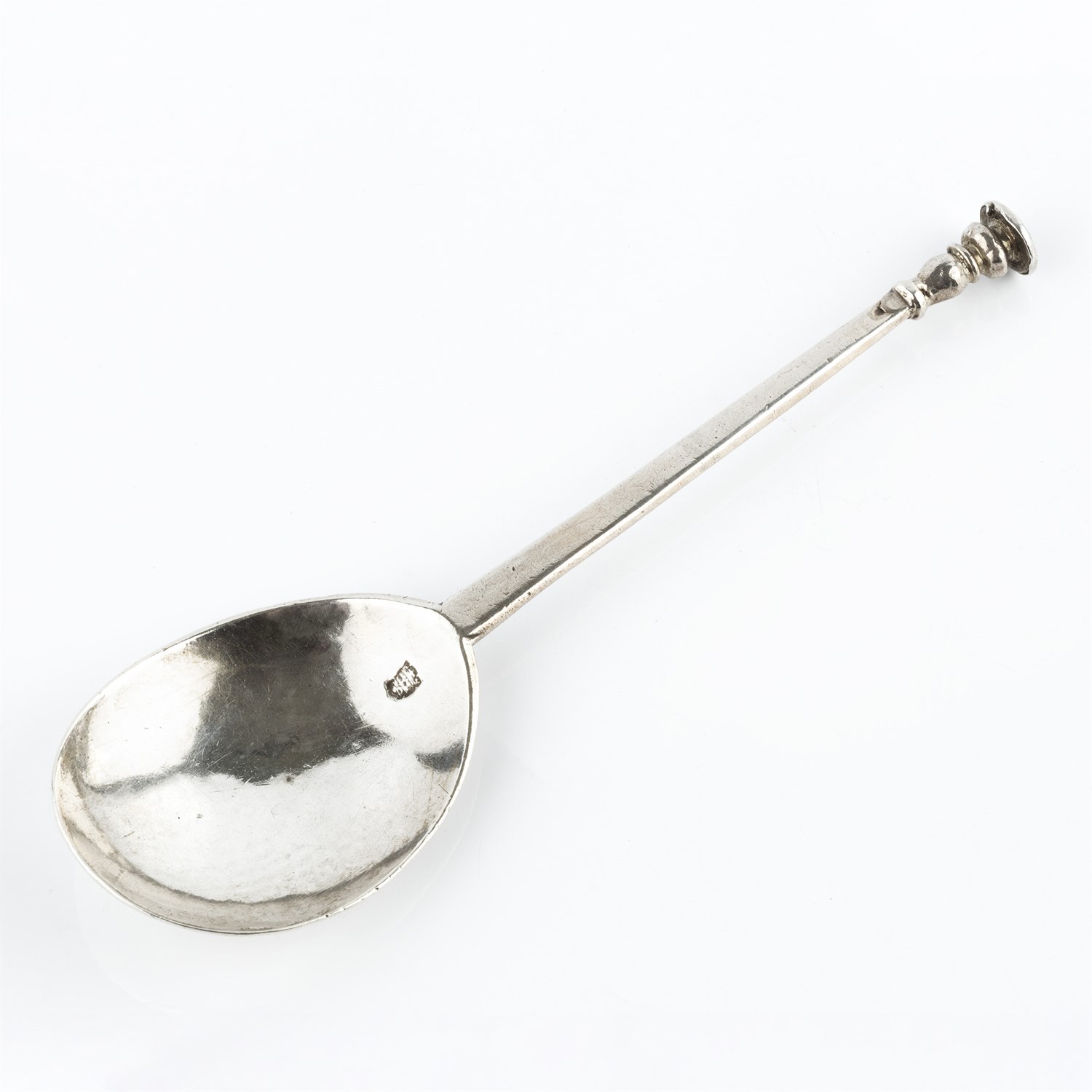
The practice of hallmarking silver in England has been in existence for centuries, starting in the 1300s, when King Edward III granted a charter to the Worshipful Company of Goldsmiths in 1327, now known as the Goldsmith's Company. The Assay Office within Goldsmith's Hall in London opened in 1478, and is still operating today, with a leopard head as its mark. Assay Offices opened in other regions, including Birmingham, Chester, Sheffield, Edinburgh, Glasgow, Newcastle, Dublin and Exeter, and three of those (Birmingham, Sheffield and Edinburgh) are still in existence today each with their own unique mark.
Hallmarks are a set of marks applied to silver (and all other precious metals) to indicate the following:-
- Guarantee of fineness, conforming to the legal standard of purity. For English silver this is 925, representing 925 parts silver per 1000. This fineness mark is in the form of a lion passant.
- Origin. The Assay Office where a piece was hallmarked is indicated by a symbol unique to each office. Some of the more commonly seen town marks are the leopard's head for London, the anchor for Birmingham, the rose (or crown in older pieces) for Sheffield, and the castle for Edinburgh, although there are several others, including some minor or provincial marks which can be rare.
- Date. Each piece is marked with a date letter to indicate the year it was made. Generally, each Assay Office would cycle through the alphabet in a particular style, e.g upper or lower case, italic or varying font, then begin again with a different style. This, in conjunction with the town mark and the style of the piece, makes it possible to accurately date the piece in most instances.
- Maker's or sponsor’s mark. Each silversmith or company has their own unique mark, most often their initials in a particular style, which must be registered with the Assay Office. This mark, alongside the date and town marks, makes the identification of most makers possible, though on some very early pieces the marks can be very hard to decipher!
- Duty marks. Often pieces of Georgian and Victorian silver carry a “duty” mark in addition to the others, in the form of a sovereign's head. There was a tax on precious metals between 1784 and 1890, and this mark shows that the excise duty on that item was collected by the Assay Office.
Mallams is always happy to help with any silver enquiries. Please email alicia.rogers@mallams.co.uk
